Featured 2

Padma Bridge. Image: en.wikipedia.org
Haven't done buses in a long time but last week I accompanied a research team to Khulna by bus. We were probing for information on several topics including climate change impact, migration, cultural organizations and of course the history of 1971.
Khulna is almost a new zone for me as I haven't visited the area in a long time. The last time I was in the Khulna division was 2006. We were there to shoot for our documentary on climate change. Soon after, I left for Canada so there has been a gap.
I realize I am a much more North Bengal person than the hardcore South Bengal. Even East Bengal qualifies -Noahkhali, Comilla but Khulna and Barishal aren't on my beat. So I was looking forward to the visit but let's be honest, I was more excited to do it by bus.
The buses we grew up using aren't exactly comfort vehicles. The iconic "murir tin" buses are planted in our collective memories, that plied before BRTC came in with its red buses. Then came the Progoti variety, huge, strong and almost intimidating. When they rushed through the lazier lanes of pre-1971 Dhaka, they almost seemed like a huge roaring animal threatening to end it all if it wished. And yes, they were far more comfortable than the previous bus editions.
However, over time, CNG took over my life and I have travelled more by that than buses. The slightly heavier pockets then my younger days also helped.
Green line To Khulna
What struck me most at the Rajarbagh bus terminal of the Greenline service was that the waiting space looked better than the Greyhound bus terminals in the US when I was there in 2008. The regulation snacks and coffeshop and toilets were comforting and pleasant. The bus was huge and it slowly negotiated the city roads till Jatra bari when it felt free enough to pick up speed.
We had a seat in the upper deck and the scenery on both sides was unfamiliar. A lot of green yes but buildings of all kinds were more common than rice plants. They stood everywhere, two to five storied buildings, housing homes and offices and a few fancy ones, some left unoccupied except for a caretaker staring suspiciously at the road going past bearing traffic. It was mid-day Saturday and the traffic seemed low. No jams, no hurry but an orderly procession of massive vehicles moving towards various destinations.
Padma and other bridges
Of course I was curious about the "mother of all bridges" -Padma Bridge- but to be honest there were so many bridges that the Padma Bridge kind of seems to be the tallest person in a crowd rather than the one and only. Nevertheless, size matters I guess but the toll collection boxes impress a lot too. The bridges are awesome and I remember having crossed a few in hugely unpleasant and hassled ferries in my time. Now we just rolled through and watched the rivers flow below. Bangladesh may be a river's child but bridges are all now leaping over mummy.
Khulna's motorized rickshaws and easy bikes
What hits a person from Dhaka visiting Khulna is the absurd absence of traffic jams. It's almost unreal to see that the roads aren't clogged and anyone can go anywhere freely. The absence of private cars is very prominent. The only vehicles that seem to have any presence are motorized rickshaws and a variant of the CNG, the slightly more public version vehicles called "easy bikes". In Dhaka they would be known as battery rickshaws.
I always avoid motorized rickshaws because in Dhaka, they can't be controlled well in the traffic anarchy. I had a bad accident once after which it's the ride to refuse for me. However, I took one in Khulna and the 20 minute ride was not slow yet safe. Very stable and the old man who ran it seemed comfortable and unstressed motoring it. There is practically no crowd clogging the roads and gallantly motors on. It's like a silent cng if you will.
"Easybikes" are the same everywhere and operate as a very mini-bus taking passengers from points as well as on the way. Two rows of seats make it a commercial vehicle and the Dhaka CNG types were missing in Khulna.













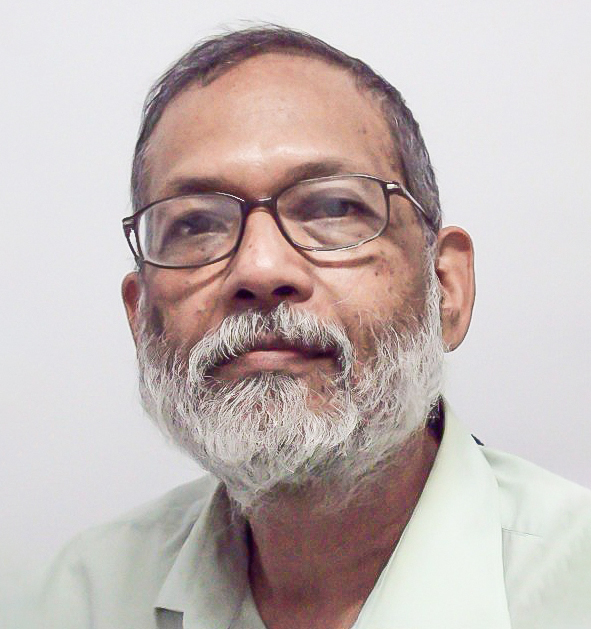





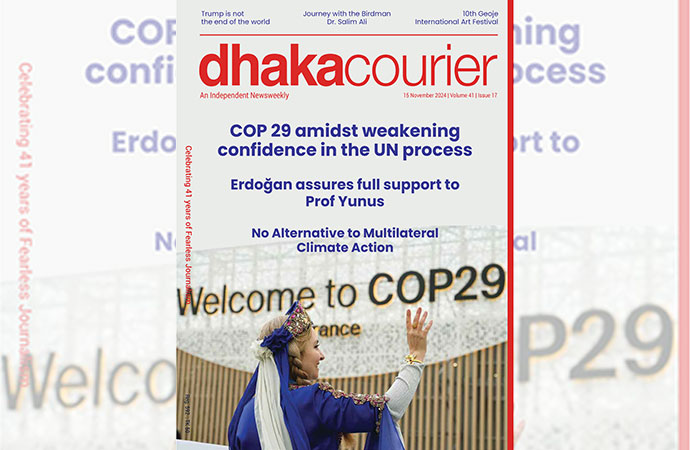
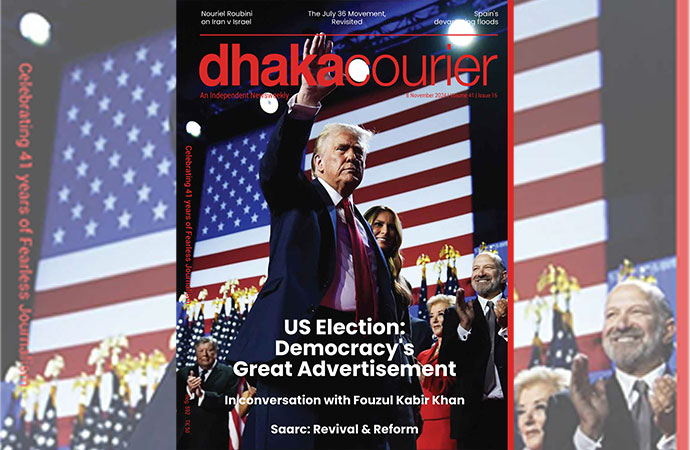
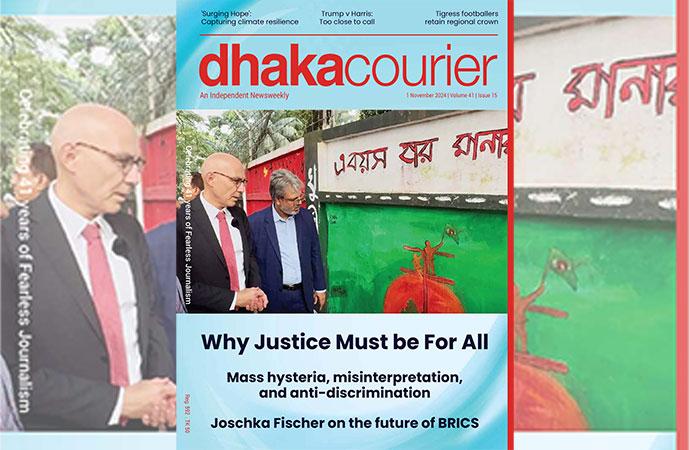
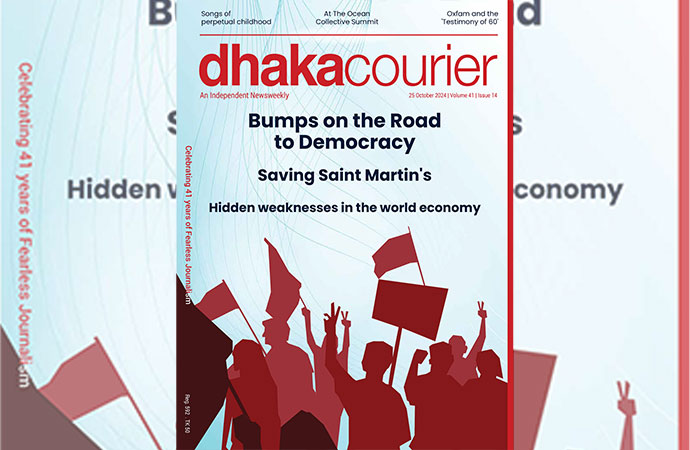
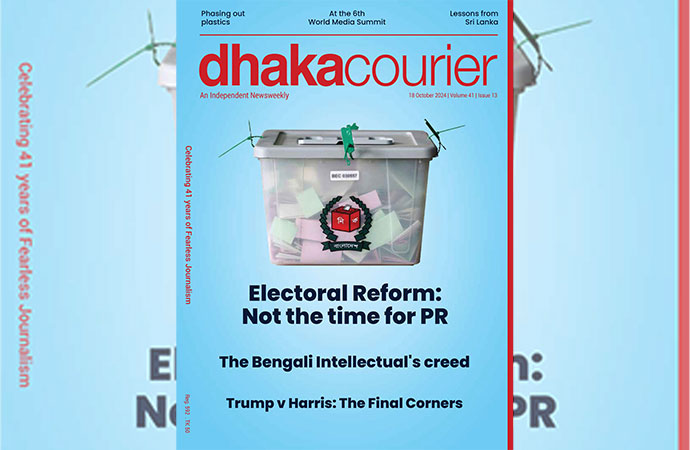
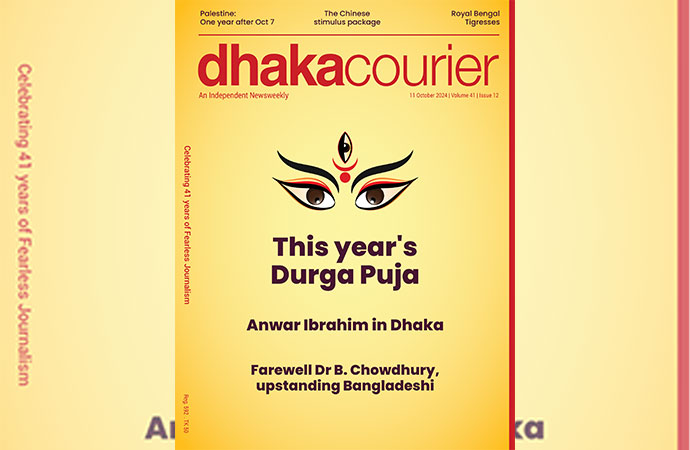
Leave a Comment
Recent Posts
No banks to be shut down: Fina ...
Some banks are recovering well, while others may continue to struggle, ...
27 envoys of European countrie ...
Diplomats representing 27 European countries, stationed in Dhaka and N ...
Unity to tackle climate change could be regional to ..
Mismanagement and overcrowding plague Dhaka Medical ..
Remarkable achievement for Bangladeshi artists at th ..
We need new economic framework that serves planet, p ..